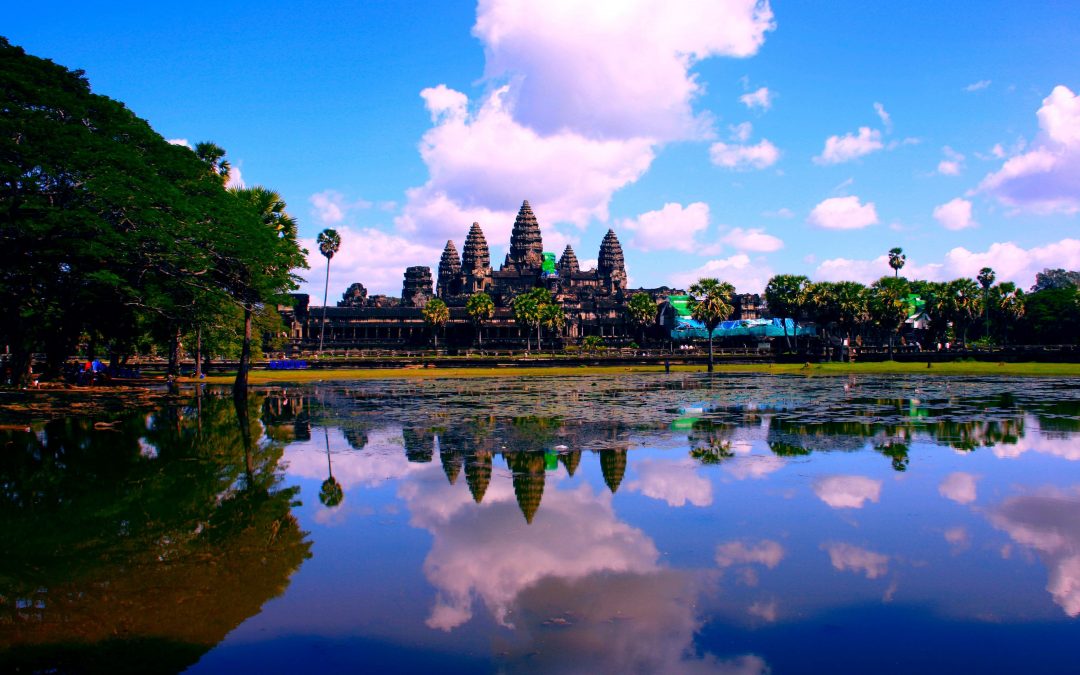Welcome to Min-On’s Music Journey! Today, the Min-On Concert Association and the Royal Embassy of Cambodia in Japan welcome you to Cambodia, located on the Indochina Peninsula.
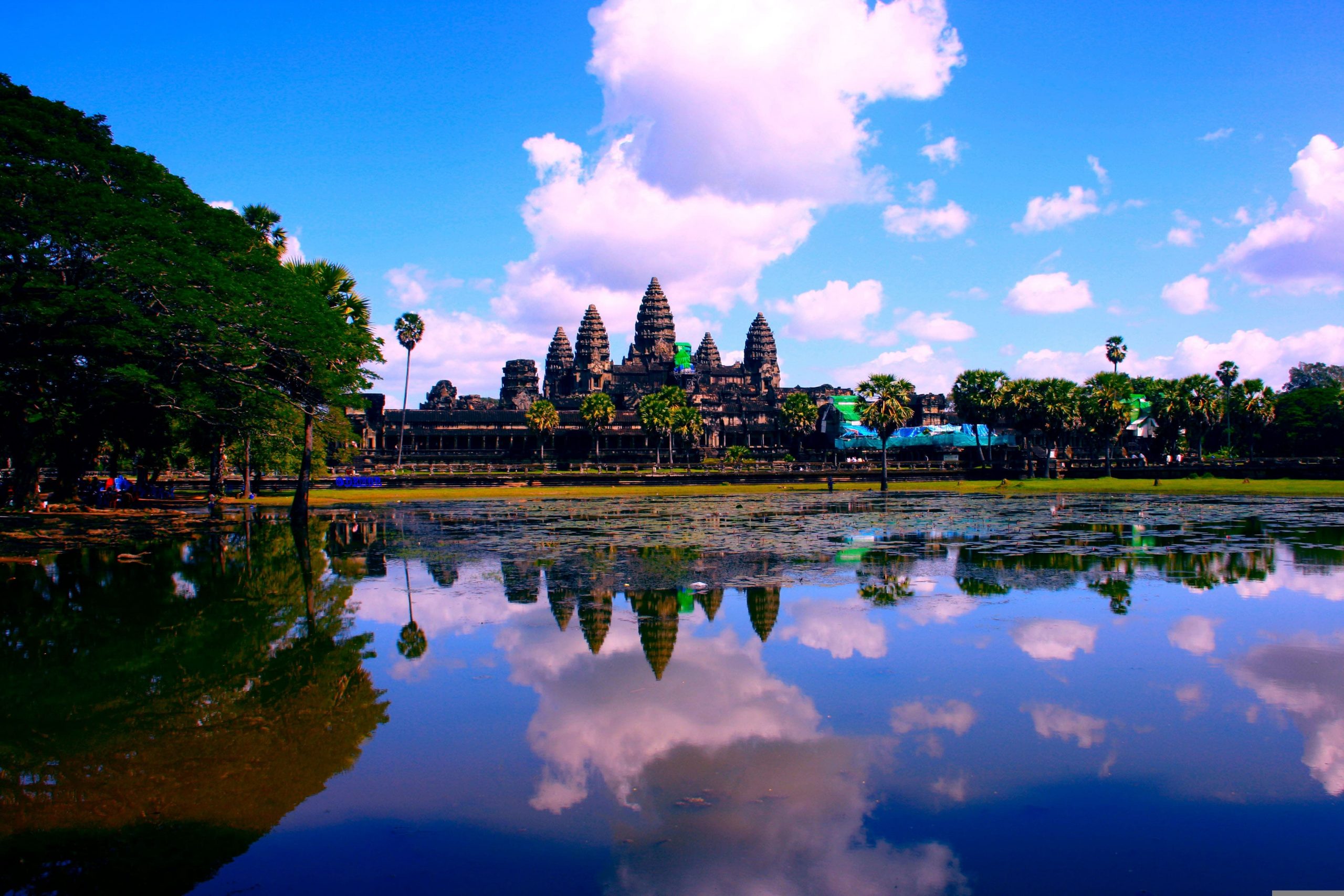
| Music Journey Editorial Team Choice Artist: Sang Sok Serey
This issue’s featured artist is the Cambodian female hip-hop artist, Sang Sok Serey. She connects Cambodian culture with hip-hop and serves as a bridge between traditional culture and today’s youth. For example, when major English-language newspapers decided to distribute rap news to attract young people who were turning away from newspapers, she was responsible for creating the music for the section. Let’s start our journey with the music video of her song “Cambodia.” Don’t miss the scenes where she sings with Cambodian children, and those featuring bokator, a traditional martial art. |
| Travel guide for Cambodia:
・Learn about the attractions of Cambodia, known as “the land of smiles” ・Tour the world heritage sites of Angkor ・Experience the history and traditions of Khmer culture |
Most of Cambodia is on a plain with numerous rivers that have helped nurture a rich civilization, including the Mekong River that runs through the center of the country. Among these civilizations, the Angkor Dynasty that ruled from the 9th century developed an advanced civilization that embraced Chinese Buddhism and Indian Hindu philosophies.
Although the country has a tragic history of civil wars and political upheavals through the 20th century, today it has regained political stability and is making remarkable progress.
“The land of smiles” – characteristics of the Cambodian people
If asked to describe the Cambodian people in only a few words, perhaps the most apt are “kind and gentle.” Many families are large, and a culture of valuing family is prevalent in everyday life, which naturally fosters a cooperative mentality of caring for each other.
The generous nature of the Cambodian people is symbolized by the phrase Ort Bañe-Hah Teh (“no problem”), which is often used in Cambodia. Many people smile and speak with international visitors, and because of the friendly and warm behavior of the people, the country is often called “the land of smiles.”
Among all the smiles, the carefree smiles of children encountered on the streets of Cambodia bring a sense of healing to any visitors to this wonderful country.
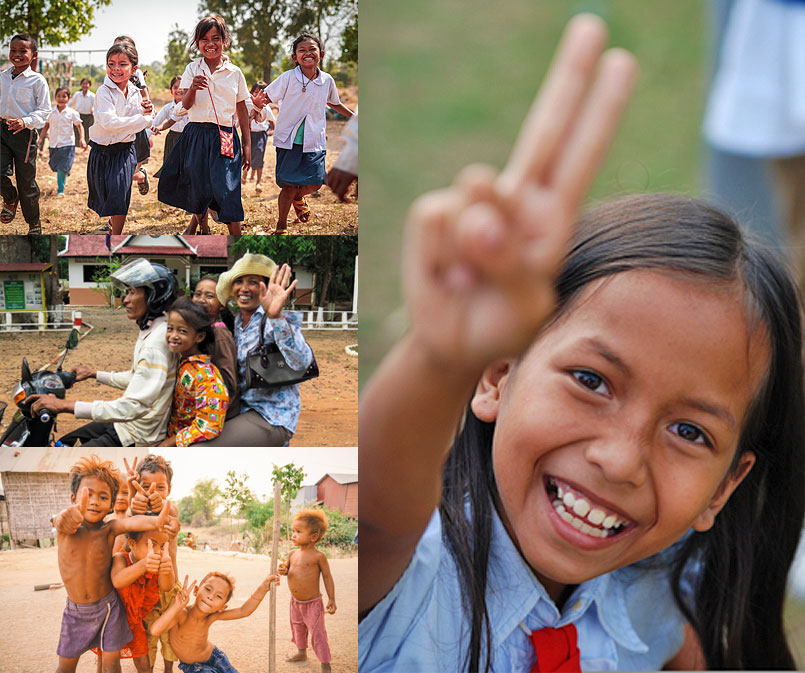
Phnom Penh, a capital city that combines convenience and historical value
Phnom Penh, Cambodia’s capital, is a rapidly modernizing city that symbolizes the country’s economic growth. The city’s modern streets are lined with office buildings, commercial facilities, restaurants and more, making Phnom Penh an extremely convenient gateway to the country.
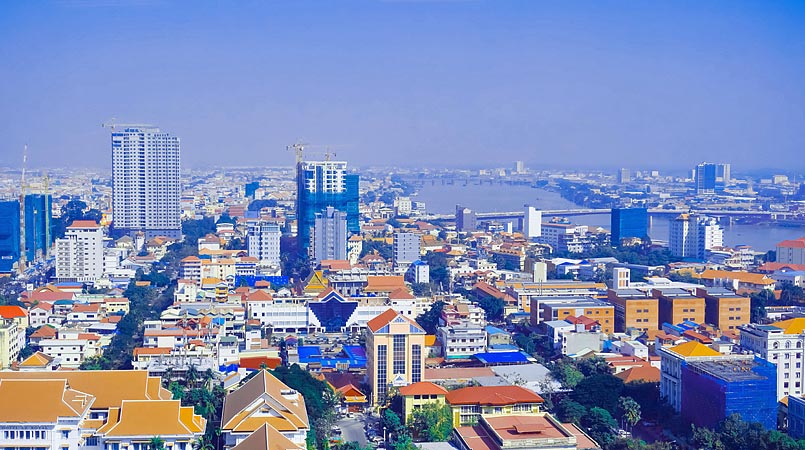
On the other hand, many historical buildings remain here, including the Royal Palace of Cambodia and Wat Phnom, the oldest temple in the city. Another popular historical site is the Central Market, which opened in 1937. It continues to support the lives of everyday people, remaining popular despite the construction of large-scale shopping facilities in more recent years.
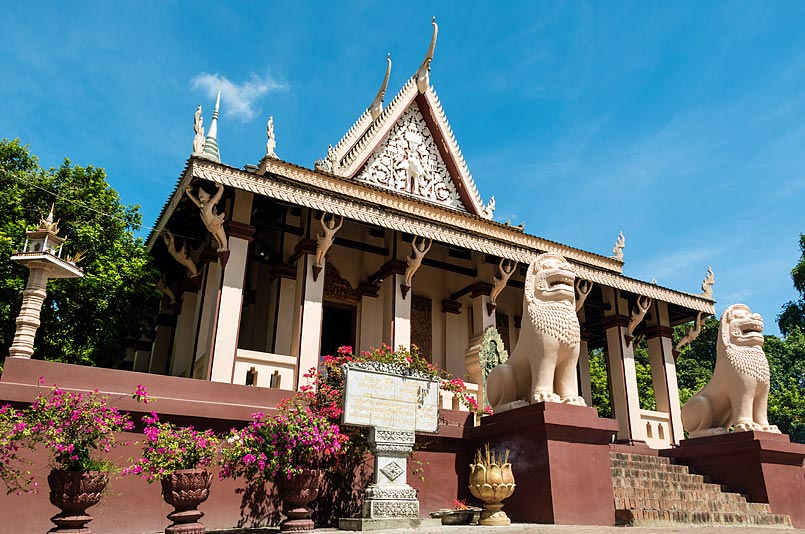
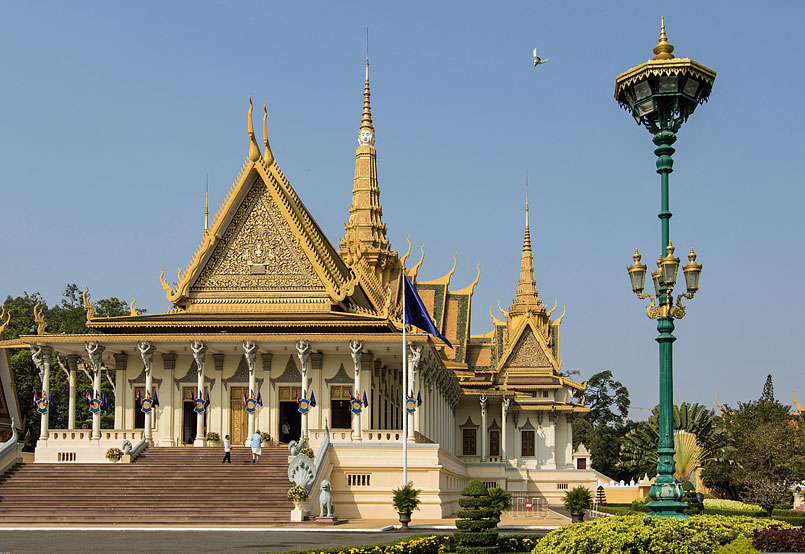
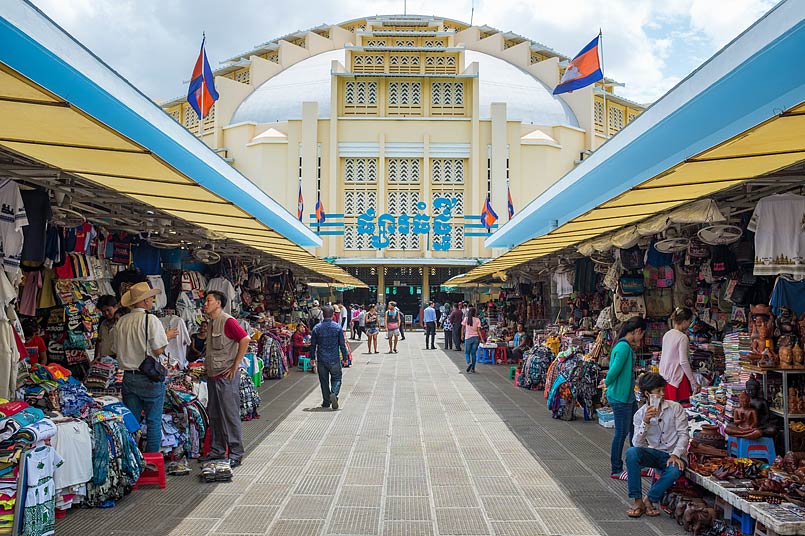
Siem Reap, the city to visit for Angkor Wat
Approximately 300 km northwest of the capital Phnom Penh, you will find Siem Reap, a city popular with visitors. Facing Tonle Sap Lake, the largest lake in Southeast Asia, the area offers a traditional, peaceful landscape with a cluster of houses floating along the lakeshore.
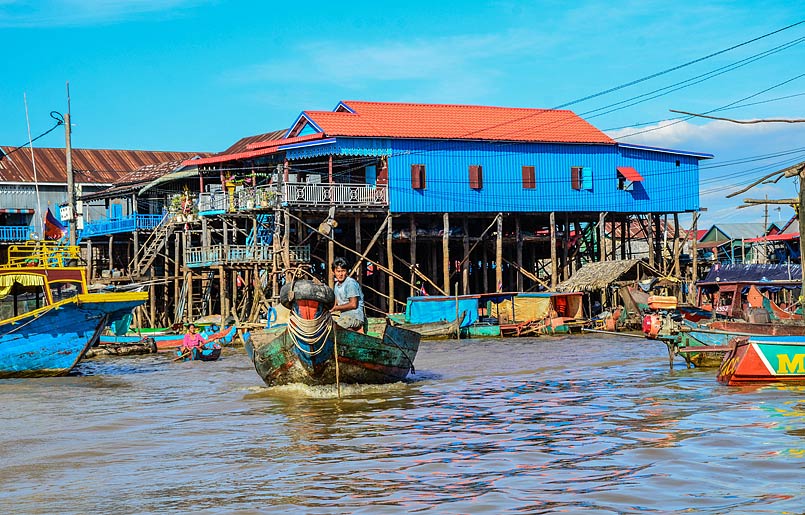
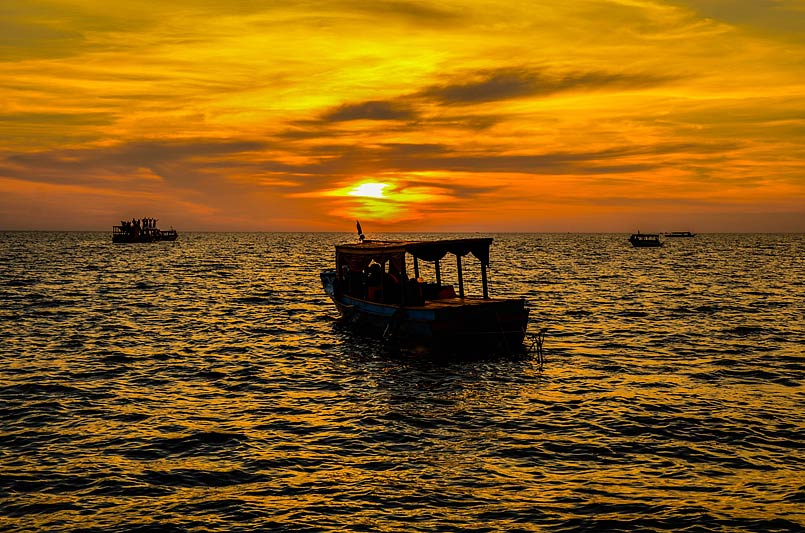
Siem Reap, although a small rustic city, is a very popular location due to its proximity to numerous valuable world heritage sites, including Angkor Wat. Please note that the Angkor Pass is required to enter Angkor Wat, providing access to all of the Angkor monuments. This single pass allows you to visit most of the valuable archaeological sites, and you can leave and re-enter as applicable during the time limit, making the pass a must for exploring this area.
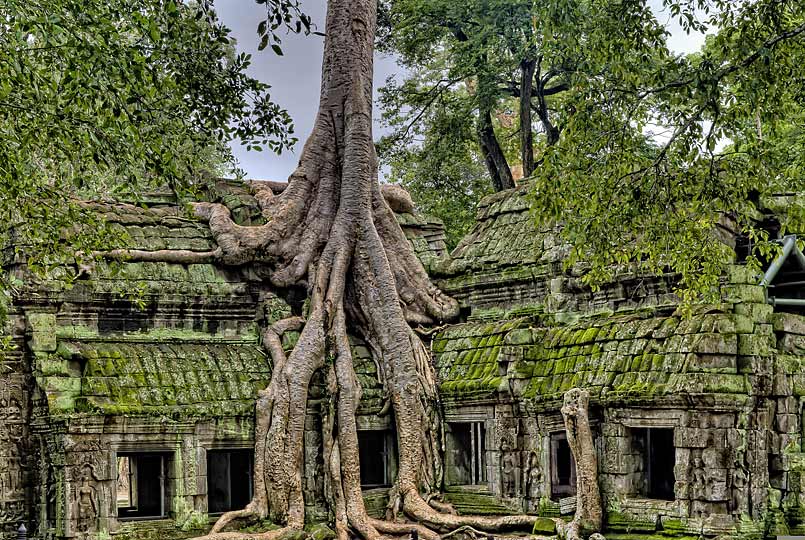
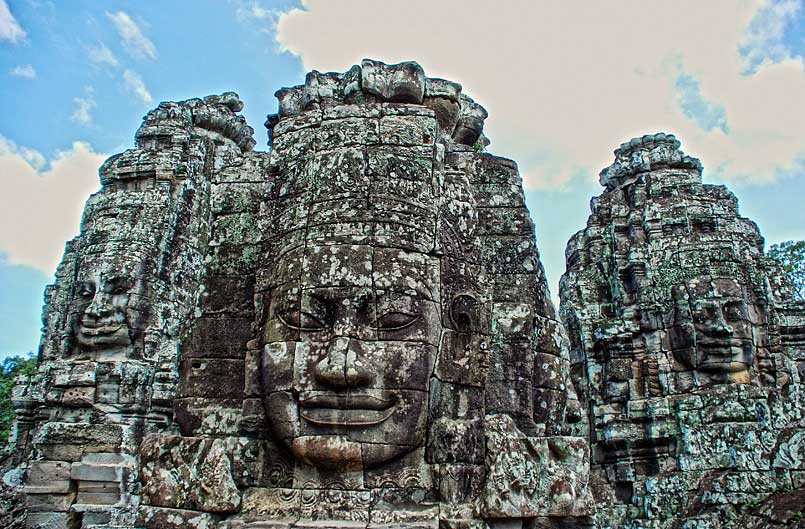
Khmer culture, born in the Angkor Dynasty
In Cambodia, Khmer culture has continued to develop as an important cultural tradition since its formation during the Angkor dynasty. Khmer culture can be broadly divided into two aspects: court culture and popular culture.
Court culture: Apsara dance
Apsara dance is believed to have been created around the 9th century as a court dance dedicated to the gods. Apsara refers to a water nymph in ancient Hindu mythology, and today, dancers continue to act as a link between the gods and humans.
Apsara dance, characterized by its fluidity and elegance, has as many as 4,500 different forms, and it is said that it takes years to master only the basics.
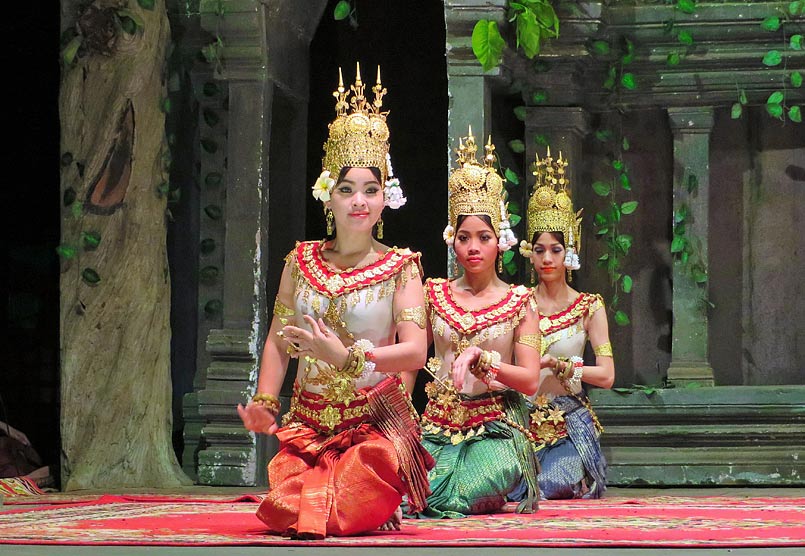
Below, please see “Apsara Dance” as performed by the Cambodian Royal Ballet, invited to perform by Min-On in 2002. Please pay close attention to the beautiful, intricate hand movements.
Popular culture: Krama (textiles)
Traditional textiles in Cambodia represent folk culture handed down across generations mainly in rural areas. The delicate beauty of kasuri patterns dyed in layers of five colors (red, blue, yellow, green and black) is unique to Cambodia, and textiles have played an important role as exports to neighboring countries.
Woven fabrics are arranged in different shapes according to their uses, and a versatile cloth called krama is used for everything from towels to stoles, tablecloths and slings for carrying babies.
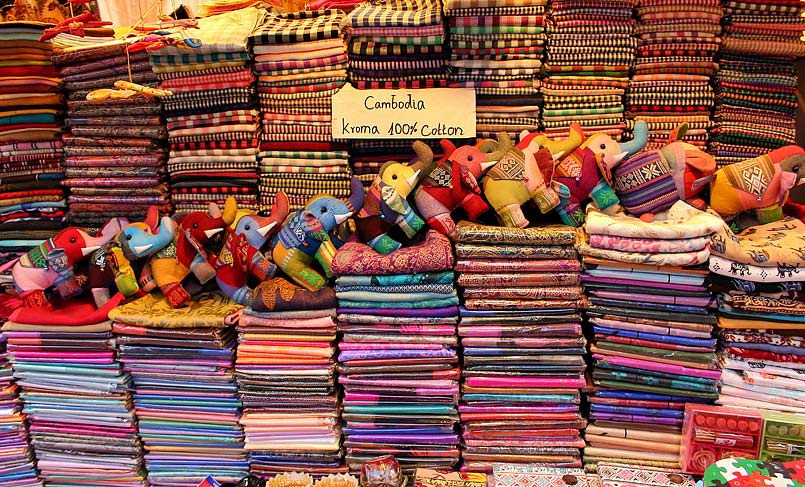
Cambodia’s musical culture
During the process of developing Khmer culture, a variety of traditional musical instruments were also developed. These instruments, with their unique sounds, are still treasured today as important cultural assets.
Please enjoy an ensemble of traditional instruments from a performance by the Cambodian Royal Ballet. The performance includes a traditional xylophone called a roneat, a crocodile-shaped lute called a takhe, a traditional flute called a Sralai, a traditional fiddle called a tro che, a ring-shaped gong called a kong thom and small cymbals called ching.
In Cambodia, there are also efforts to revitalize and preserve Khmer music culture, such as reviving famous songs left behind by leading Cambodian singers in a hip-hop style presented to the modern world, to recover an era of music destroyed by the Khmer Rouge.
Musicians recommended by the Royal Embassy of Cambodia in Japan
In closing, we would like to introduce musicians recommended by the Royal Embassy of Cambodia in Japan.
- Phnom Penh-HRH Norodom Sihanouk (Composer)
Composed by HRH Norodom Sihanouk, the esteemed King Father of Cambodia, this composition beautifully portrays the charm and development of Phnom Penh during the 1960s when it was hailed as the “Pearl of Asia.” This video includes the cover version performed by Princess Norodom Jena.
- Time to Rise-Vannda (Rapper), Kong Nay (Chapei Dongveng player)
This captivating song blends traditional elements, such as the Khmer Chapei and flute, with modern rap beats.
- Cambodia Pride
The song dedicated to the SEA Games, with Cambodia hosting the South East Asian Games in 2023.
https://www.youtube.com/watch?v=clRKforszoE
What did you think of your music journey to Cambodia? There are still many more places to go! Please look forward to our next destination.
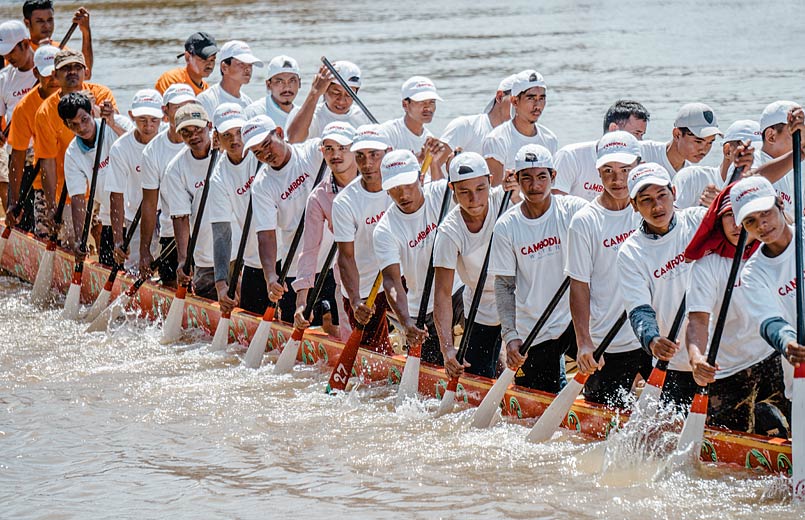
(Produced in collaboration with the Royal Embassy of Cambodia in Japan.)
Min-On Concert Association
-Music Binds Our Hearts-


